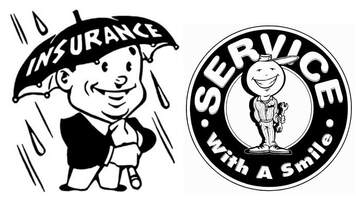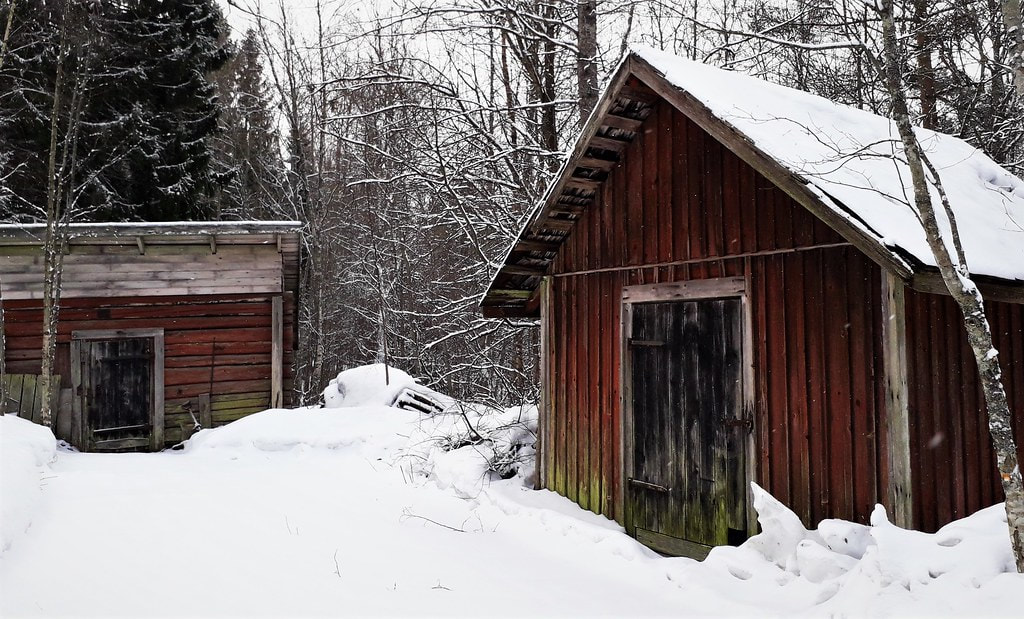It happens every year when it suddenly turns cold.
You switch your HVAC system over to Heat for the first time since Spring.
Nothing happens or, even worse, it starts a fire that's out of control.
Check the following list to be sure your furnace is ready for the coming winter.
1. Turn on the thermostat.
Switch from cooling to heating and set the temperature a couple of degrees higher than the current room temperature. If you don’t hear the heat kick on within a minute, pull off the cover and make sure the wire connections are secure (if you feel comfortable doing so). If the connections are snug, make sure the power source to the HVAC system is turned on. If it’s still not working, you could check the furnace fan, blower or heat pump — but it likely makes better sense to call in a professional.
2. Change the air filters.
You probably have air filters behind a vent grill in the wall or ceiling, or a single filter in the HVAC system itself. Change these filters every few months. Or, if you have a permanent electrostatic filter, you can wash and reuse it. Cleaning or replacing your filters regularly keeps particles out of your HVAC system and can prolong its life. While you’re at it, change your humidifier filter and set the humidistat, if your HVAC includes a humidifier.
3. Cover the AC condenser.
Unless your HVAC is a heat pump (in which case, don’t cover it at all because it runs all year), cover the condenser to protect it from falling icicles. A large trash can lid secured with bungee cords works quite well for this function. You can also use a board to cover the fan — but don’t wrap it in a moisture-trapping plastic tarp.
4. Clean the heat exchanger.
The heat exchanger should be brushed and vacuumed out annually by a trained professional while the unit is disabled. While it’s being cleaned, your technician will look for cracks, which could lead to a dangerous carbon monoxide leak into your home.
5. Lubricate and clean the blower motor.
First check the owner’s manual to see if your motor is the kind that needs lubricating. If it does, turn off the power, open the cover and clean the caps covering the bearings. Then remove the caps and lubricate the bearings.
6. Test the igniter switch.
On an old system, you might have to relight the pilot. Newer systems have electronic ignitors. If the ignitor isn’t working, push the reset button. If that doesn’t do the trick, check your breaker. Still not working? Call in a professional.
7. Inspect the chimney and carbon monoxide detectors.
Chimneys can house carbon buildup or even small animals. A professional should inspect them periodically. Routinely test or replace carbon monoxide detectors as well, as they help protect you from the “silent killer.”
8. If you have an oil-powered furnace, replace your filter and nozzle and check the tank level.
Unlike gas-fired systems, oil units require oil filter changes, burner nozzle cleaning and a pretty thorough heat-exchanger brushing to keep them running efficient since oil doesn’t burn as cleanly as gas.
9. It’s also a good time to check up on your home or renter’s insurance.
We invite you to contact our agency for a no-obligation review so you can rest easy and enjoy the cozy days and nights of the coming Winter season.
You switch your HVAC system over to Heat for the first time since Spring.
Nothing happens or, even worse, it starts a fire that's out of control.
Check the following list to be sure your furnace is ready for the coming winter.
1. Turn on the thermostat.
Switch from cooling to heating and set the temperature a couple of degrees higher than the current room temperature. If you don’t hear the heat kick on within a minute, pull off the cover and make sure the wire connections are secure (if you feel comfortable doing so). If the connections are snug, make sure the power source to the HVAC system is turned on. If it’s still not working, you could check the furnace fan, blower or heat pump — but it likely makes better sense to call in a professional.
2. Change the air filters.
You probably have air filters behind a vent grill in the wall or ceiling, or a single filter in the HVAC system itself. Change these filters every few months. Or, if you have a permanent electrostatic filter, you can wash and reuse it. Cleaning or replacing your filters regularly keeps particles out of your HVAC system and can prolong its life. While you’re at it, change your humidifier filter and set the humidistat, if your HVAC includes a humidifier.
3. Cover the AC condenser.
Unless your HVAC is a heat pump (in which case, don’t cover it at all because it runs all year), cover the condenser to protect it from falling icicles. A large trash can lid secured with bungee cords works quite well for this function. You can also use a board to cover the fan — but don’t wrap it in a moisture-trapping plastic tarp.
4. Clean the heat exchanger.
The heat exchanger should be brushed and vacuumed out annually by a trained professional while the unit is disabled. While it’s being cleaned, your technician will look for cracks, which could lead to a dangerous carbon monoxide leak into your home.
5. Lubricate and clean the blower motor.
First check the owner’s manual to see if your motor is the kind that needs lubricating. If it does, turn off the power, open the cover and clean the caps covering the bearings. Then remove the caps and lubricate the bearings.
6. Test the igniter switch.
On an old system, you might have to relight the pilot. Newer systems have electronic ignitors. If the ignitor isn’t working, push the reset button. If that doesn’t do the trick, check your breaker. Still not working? Call in a professional.
7. Inspect the chimney and carbon monoxide detectors.
Chimneys can house carbon buildup or even small animals. A professional should inspect them periodically. Routinely test or replace carbon monoxide detectors as well, as they help protect you from the “silent killer.”
8. If you have an oil-powered furnace, replace your filter and nozzle and check the tank level.
Unlike gas-fired systems, oil units require oil filter changes, burner nozzle cleaning and a pretty thorough heat-exchanger brushing to keep them running efficient since oil doesn’t burn as cleanly as gas.
9. It’s also a good time to check up on your home or renter’s insurance.
We invite you to contact our agency for a no-obligation review so you can rest easy and enjoy the cozy days and nights of the coming Winter season.


 RSS Feed
RSS Feed